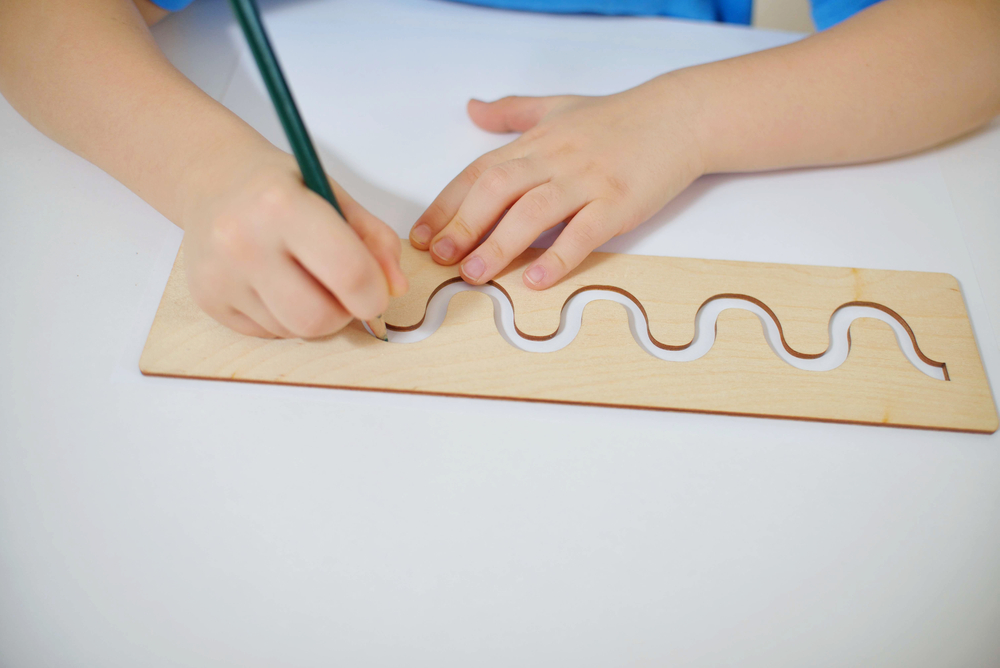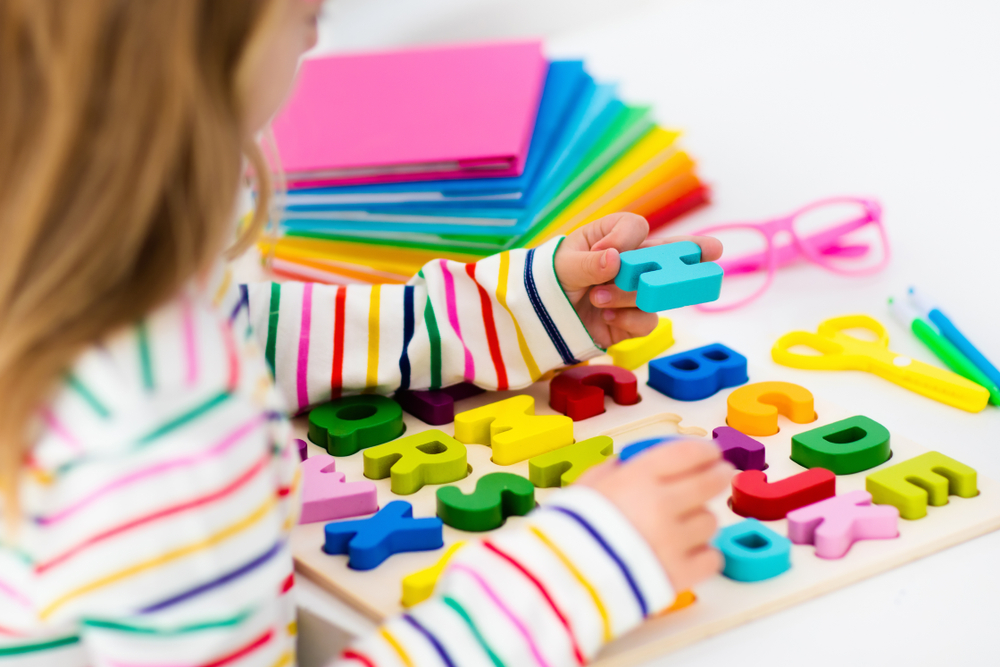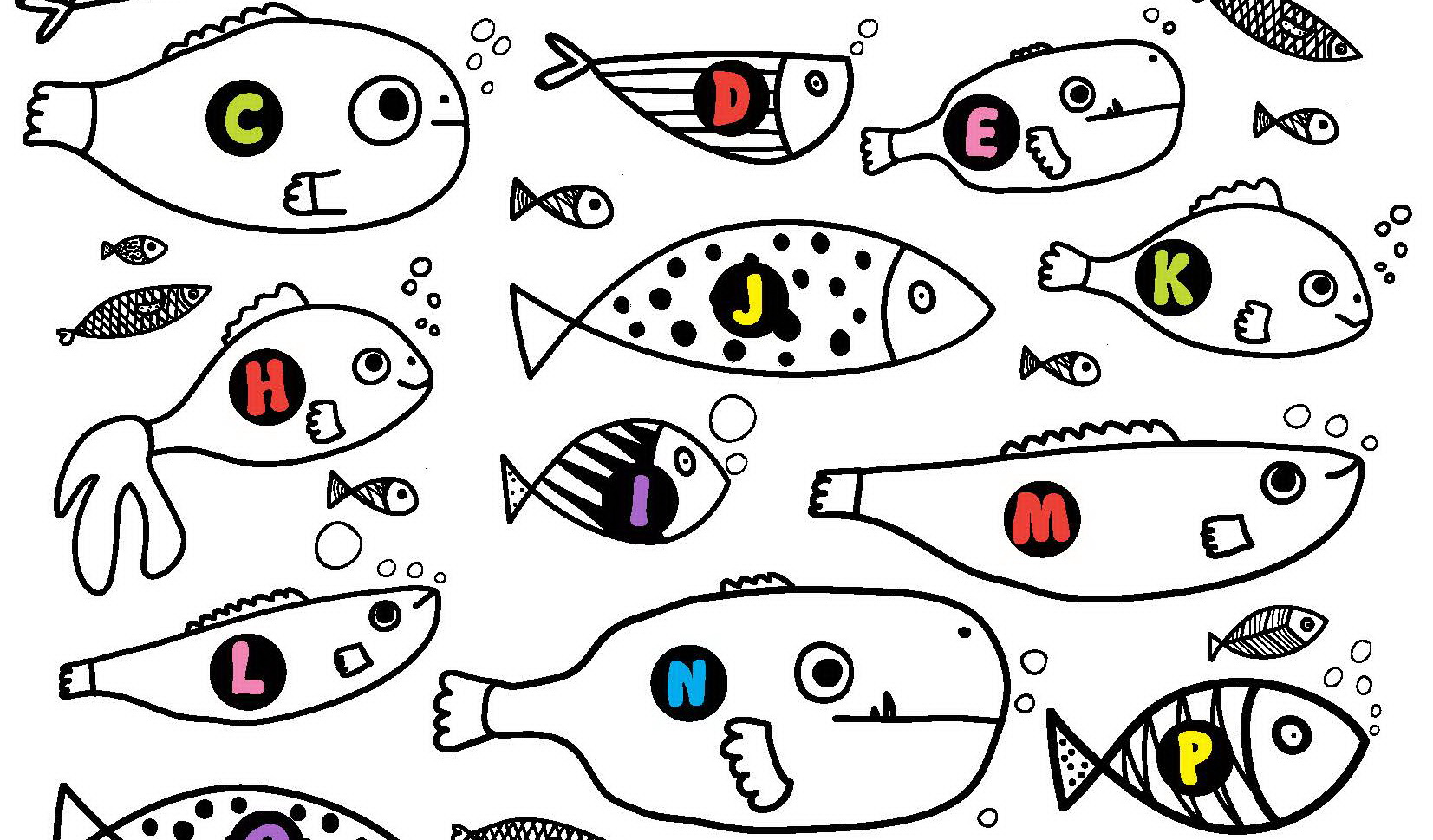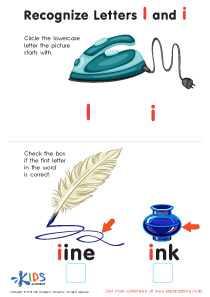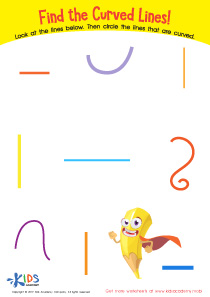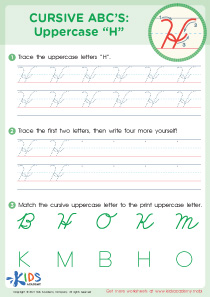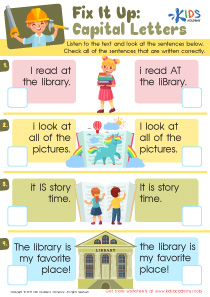Fine motor skills development Letter Recognition Worksheets for Ages 3-5
5 filtered results
-
From - To
Boost your child's fine motor skills and letter recognition with our engaging worksheets designed for ages 3-5. These interactive activities promote essential hand-eye coordination and dexterity while introducing young learners to the alphabet. Each worksheet features fun and captivating exercises, such as tracing, coloring, and connecting dots, all focused on enhancing the development of fine motor skills. As children progress, they’ll not only become more proficient in letter recognition but also gain confidence in their writing abilities. Make learning enjoyable with our expertly crafted resources and set a strong foundation for your child's educational journey. Start exploring today!
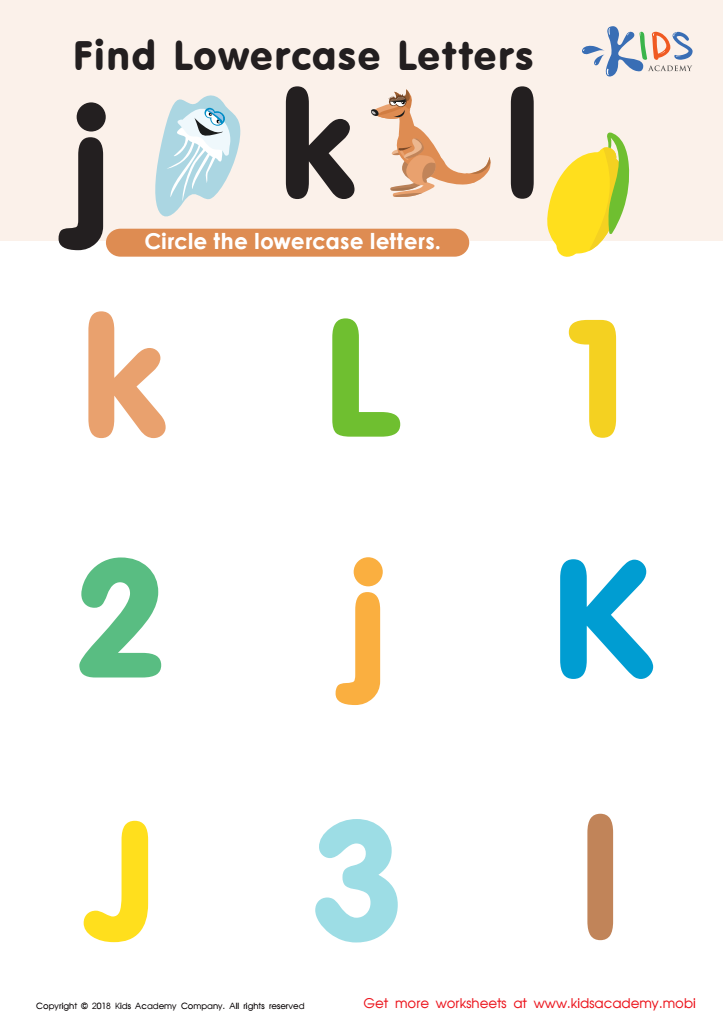

Find Lowercase Letters j k l Worksheet
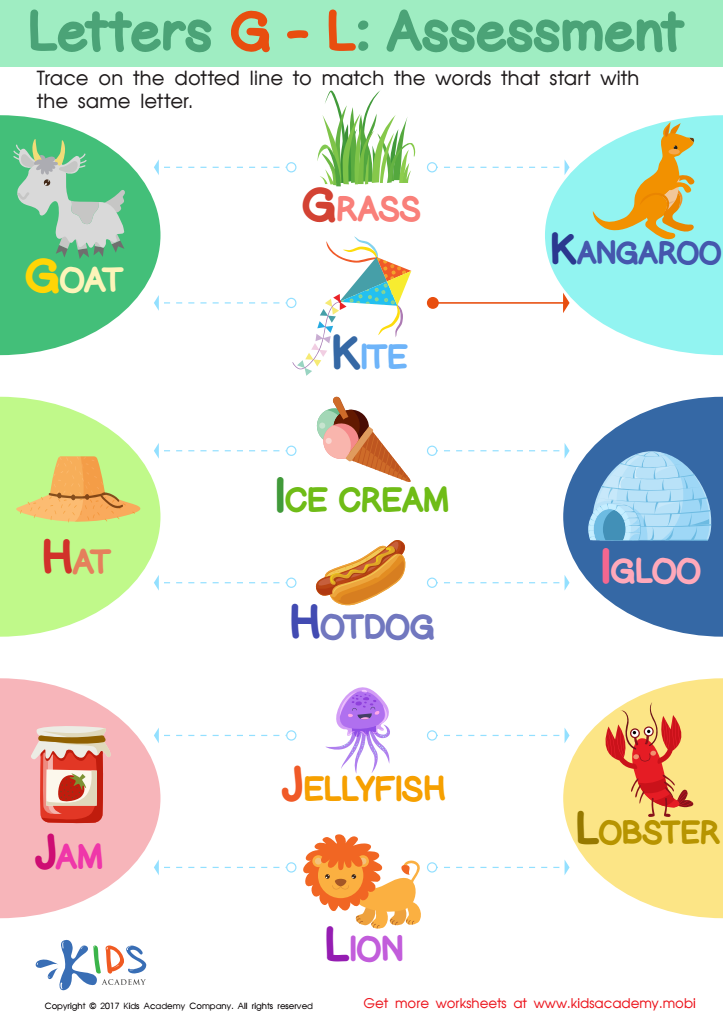

Letters G-L Worksheet
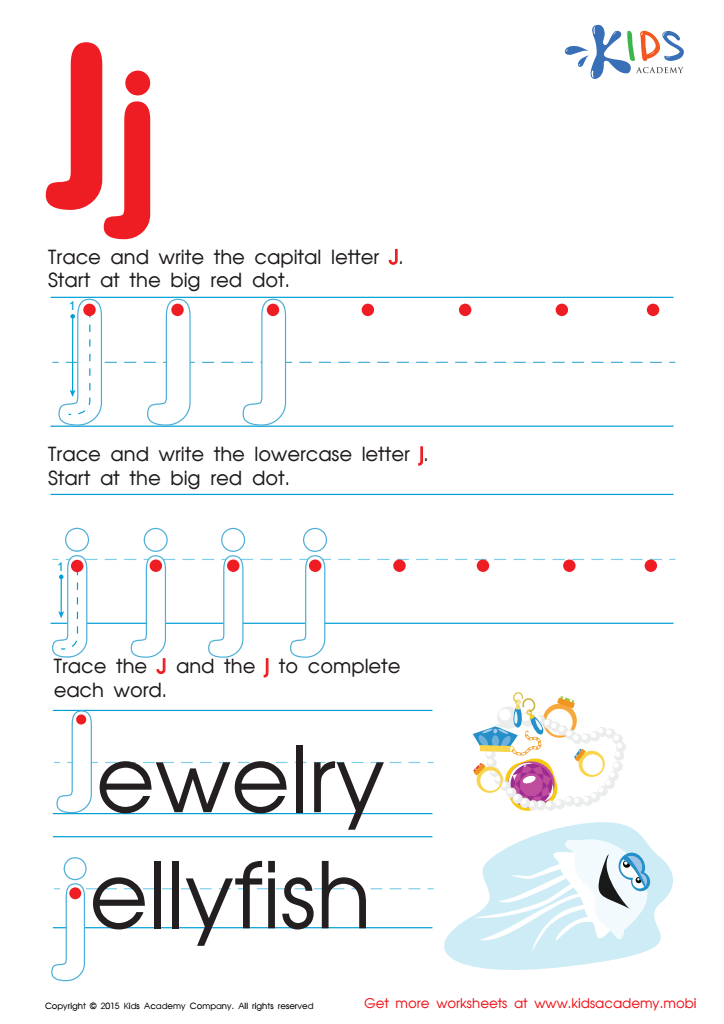

Letter J Tracing Page
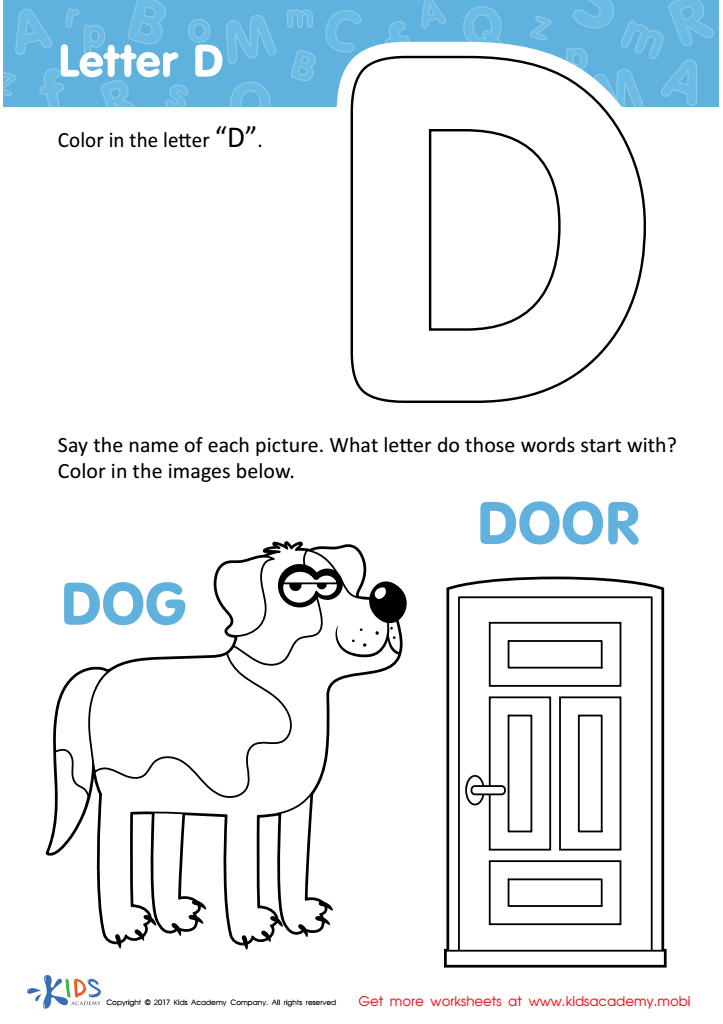

Letter D Coloring Sheet
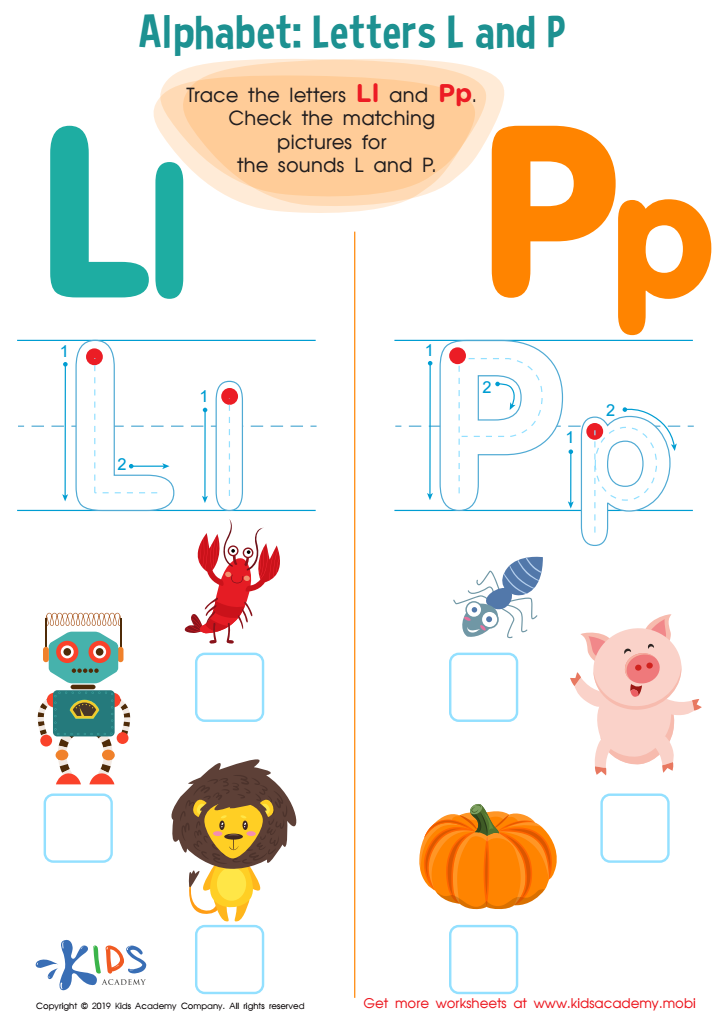

Letter L and P Tracing Worksheet
Parents and teachers should pay close attention to fine motor skills development and letter recognition for children ages 3-5 as these foundational elements significantly impact a child's overall literacy and learning journey. Fine motor skills involve the use of small muscles in the hands and fingers, which are crucial for tasks like holding a pencil, cutting with scissors, and manipulating small objects. Developing these skills enables children to write letters more effectively and perform activities that require hand-eye coordination.
Letter recognition, on the other hand, is essential for early literacy. Recognizing letters is one of the first steps towards reading and writing, enhancing a child's ability to decode sounds and understand written language. When children can identify letters and associate them with sounds, they build confidence in reading and comprehension, leading to improved academic performance in later years.
Moreover, engaging in activities that promote fine motor skills and letter recognition fosters creativity and cognitive development. Fun, hands-on activities like drawing, crafting, and letter games can make learning enjoyable, thus improving social interaction and self-esteem. In summary, focusing on fine motor skills and letter recognition equips children with critical tools they need for successful learning and lifelong communication.
 Assign to My Students
Assign to My Students




